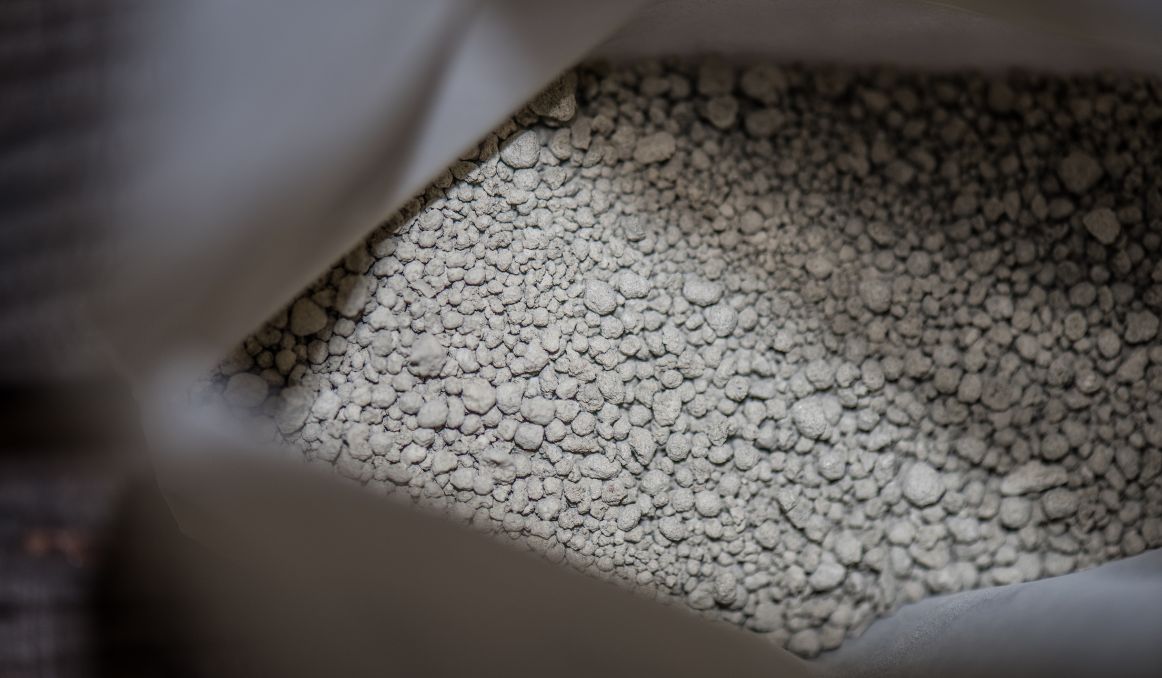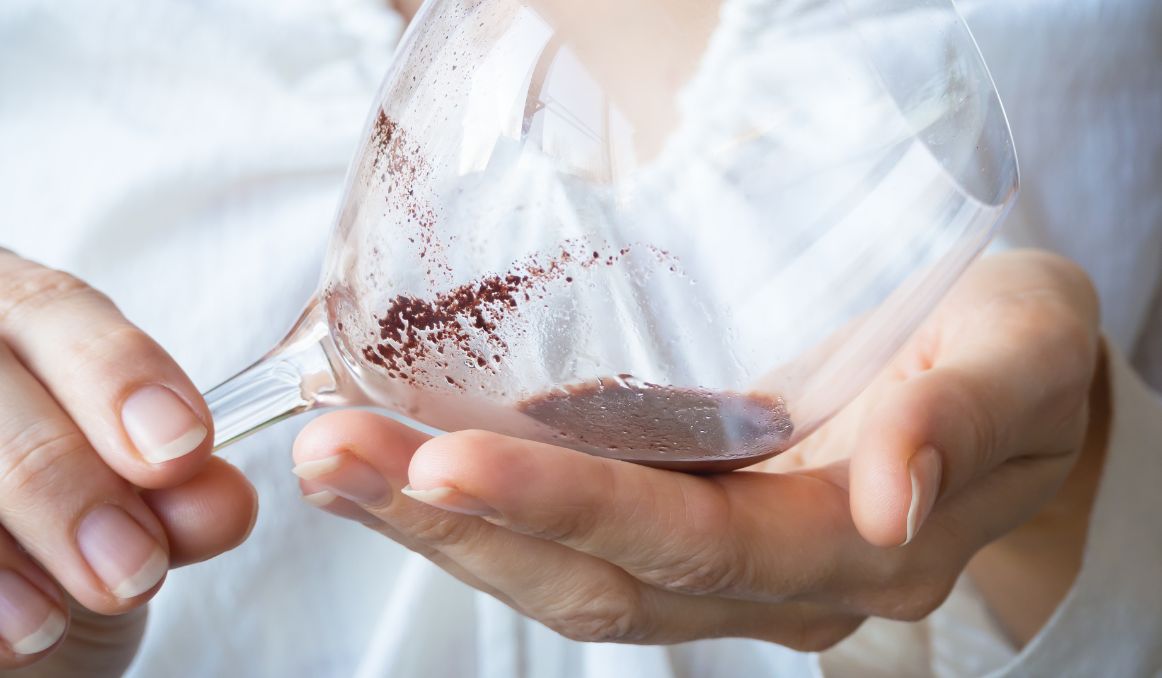How to Use Bentonite to Clear Wine
There are various approaches to clarifying and fining wine, and it helps to know each approach, why it works, and why you even need to clarify wine.
Bentonite clay is just one of those ways.
As a winemaker, if you prefer this route, it is essential to understand precisely how to use bentonite to clear wine.
What Is Bentonite?

Bentonite is an ancient mineral that has been consumed and used by humans for thousands of years. It is found all over the world, from Fort Benton, Wyoming, where it got its name, to France, where it is called Montmorillonite clay. It is also known as calcium bentonite clay.
Bentonite is a binder, among other things, so it is used in clay masks to protect skin, as a healer of skin infections or acne, to treat stomach gas and ease diarrhea, and to make various shampoos, lotions, and even toothpastes.
All of these uses draw on the primary function of bentonite – its ability to absorb, attracting particles like magnesium, sodium, and potassium, among other things.
This ability to absorb is what makes it great for wine clarification.
Calcium vs. Sodium Bentonite
There are two types of bentonite, calcium and sodium, and it depends on the region from which it is harvested which you will get.
These two types of bentonites are close in type, with the only noticeable difference being what they will potentially leave behind in the wine once they are done.
Sodium bentonite will leave salt residue behind, and calcium bentonite will leave trace amounts of calcium behind.
Between the two, calcium is obviously preferable.
Just be careful not to add too much because the excess calcium can form tiny crystals that look like coarse salt in the bottles of wine. Consumers will not be pleased.
Why Does Wine Need Clarifying?
In general, well-aged wine, or really any wine that undergoes a lengthy enough secondary fermentation and racking, does not need to be clarified.
The primary purpose of clarifying or fining wine is to get rid of unwanted wine elements that affect the aroma, bitterness, color, and astringency of wine.
The proteins in the must, when in high quantity, tend to form a haze, just like they do in beer. This high protein can cause instability, which makes for a cloudy wine and sediment in your bottle.
Typically, we see this happen with grapes that have been harvested, crushed, and fermented in a short time, not allowing the yeast to do its full job.
This rush to the market can be necessary for early drinking wines, so it makes sense.
In wines where more time is allowed, the wine is racked and fermented as a primary phase, and then racked again, and fermented a second time.
It is during this secondary fermentation that whatever live yeast remains will get to work “mopping up” unwanted flavors and aromas and clarifying wine.
Further, wine that is allowed to age will also have time to settle all sediment at the bottom of the bottle, which is unlikely to be disturbed if decanted and poured properly.

What Is Pre-fermentation Clarification?
Another common step in the production of wine, especially in white wines, is to clarify the juice of the grapes before it is fermented.
As the skins and stems are immediately removed upon crushing, the juice is then moved to a very cool holding tank where it is permitted to settle out through sheer gravitational pull.
This process takes a couple of days, after which the wine will be transferred to a fermentation vessel for its first racking.
In addition to unwanted flavors and aromas, clarification will also remove any oxidative enzymes that will discolor wine as well as mold and spoilage.
How to Use Bentonite to Clear Wine?
Finally, settling enzymes can be introduced into wine after fermentation and primary racking to remove any unwanted solids and particulates remaining for early drinking wine.
Bentonite clay is perhaps the most popular of these settling enzymes.
To use it, you need to rehydrate it first as it is a dense material that will otherwise simply settle to the bottom of your vessel.
To rehydrate, mix 2 teaspoons of the powder with ½ cup of 140-degree Fahrenheit water. Mix well, breaking up any clumps that form to make a slurry, then allow it to sit for several hours, at least 4 and up to 48, while it fully hydrates.
Next, add the slurry to your wine vessel. A good measurement is 1 tablespoon per gallon of wine. You can add a bit more, up to a tablespoon, for extra cloudy wine, and then stir well to oxygenate your wine.
Finally, close your vessel back up and allow your slurry to sit in your wine for several days, at least a week and up to two weeks.
Now you have clarified your wine!
Remember, there are multiple approaches to clarifying wine, including the all-natural, secondary racking approach.
One of the greatest things about yeast, after its ability to produce alcohol of course, is its proclivity for cleaning up after itself. It is very good at its job, and you can create an extraordinary wine with grapes and yeast alone.
But of course, in this day and age, we create wines for various uses, and not all of them are for long term fermentation and aging.
In which case, calcium bentonite clay is a wonderful rescue remedy for getting your wine clear quickly.
Cheers!
Passionate about the wine and/or beer making process? So are we! If you’re interested in finding out how you can use our technology to control fermentation and monitor your yeast, save work hours and improve the cost-efficiency of your business, drop us a line at [email protected] or check out our product pages:
- Oculyze FW (Fermentation Wine) Yeast Cell Counter App + Hardware
- Oculyze BB 2.0 (Better Brewing) Yeast Cell Counter App + Hardware
Also, you can now get access to a fully functional demo account to test our Web App. Completely free of charge and with no commitment to purchase.
Sources:


